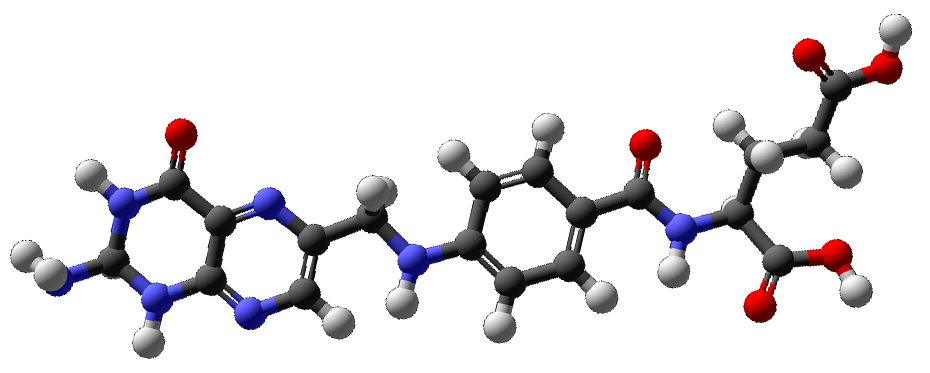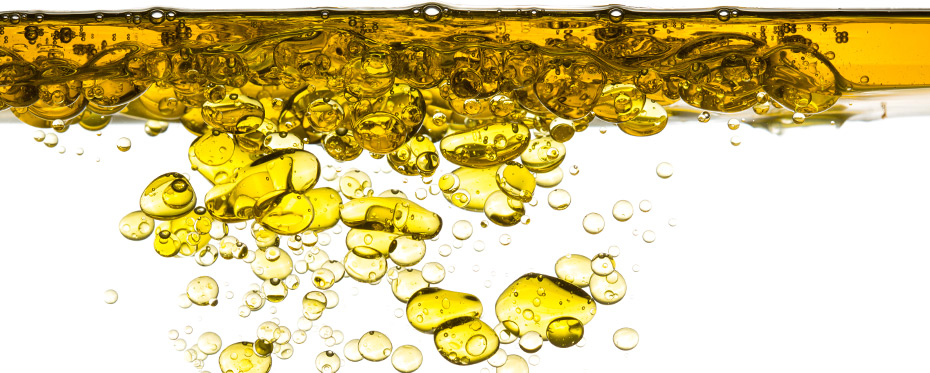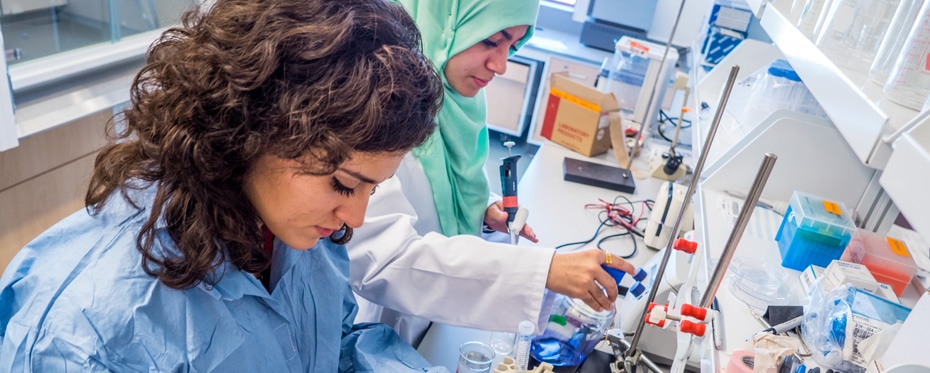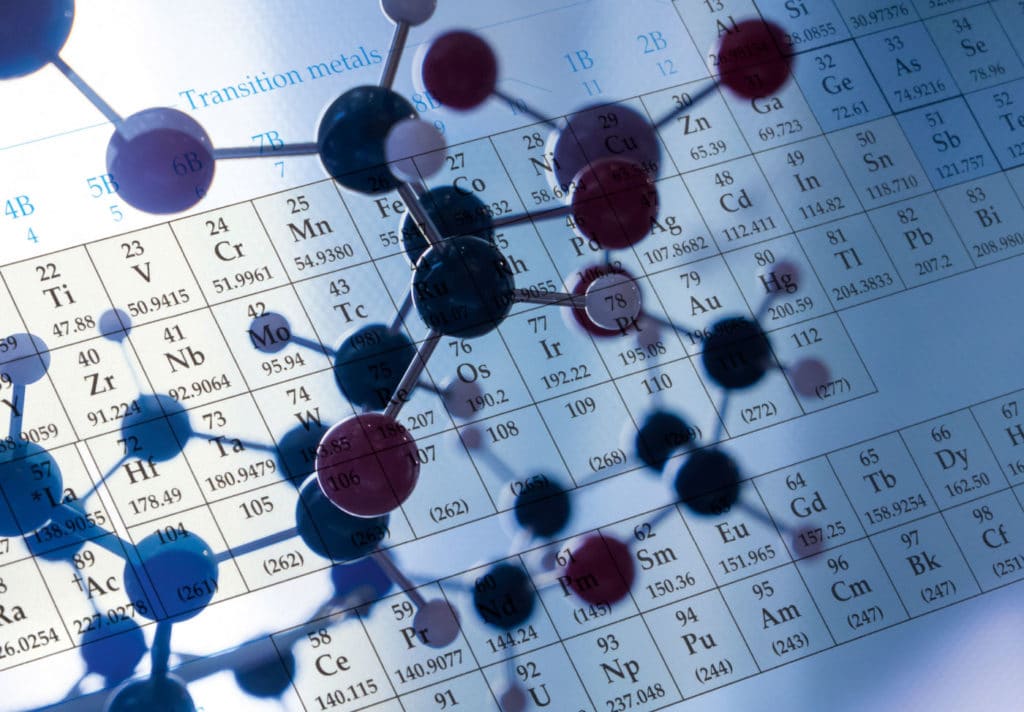Tag: chemistry
The importance of nuanced scientific communication in an age of rising distrust

Dr Karen Jacqueline Cloete is an interdisciplinary scientific researcher whose work spans a multitude of areas. She is affiliated to the UNESCO-University of South Africa Africa Chair in Nanosciences-Nanotechnology, and the Nanosciences African Network-iThemba LABS-National Research Foundation. As well as currently working at the rich intersection between nanotechnology, chemistry and biology, Dr Cloete asks broader questions about the relationship between […]
Read More… from The importance of nuanced scientific communication in an age of rising distrust
Highly efficient modelling of electronic structure

Chemistry can be defined as the study of electron motion in the field of nuclei, which obeys the rules of quantum dynamics. The electronic structure of a given system of N electrons is best described by an N-electron wave function built up with one-electron wave functions (orbitals) subject to the antisymmetry principle. The major issue is that the orbitals may […]
Read More… from Highly efficient modelling of electronic structure
Molecular hopping in solid-like liquids: Understanding the self-diffusion and viscosity of liquid molecules

To fully understand how liquids flow, it is crucial for researchers to build models which can accurately recreate their behaviours on molecular scales – yet since the time of Newton, the complexities involved have presented numerous challenges. In their research, Prof Russ Keanini, Prof Peter Tkacik and Prof Jerry Dahlberg at the University of North Carolina, Charlotte, present new ways […]
Beyond Alchemy: Robert Boyle’s Mechanical Philosophy

Dr Marina Paola Banchetti-Robino is a researcher at Florida Atlantic University. In her book, The Chemical Philosophy of Robert Boyle: Mechanism, Chymical Atoms, and Emergence, she offers a detailed account of the mechanistic theory of matter advanced by Robert Boyle. She explains the ways in which Boyle departed from his predecessors to create a more complex and complete chemical philosophy […]
Read More… from Beyond Alchemy: Robert Boyle’s Mechanical Philosophy
Halalopathy: Integrating mind, behaviour and health

With the current focus on personalised medicine, some physicians are searching for new ways to treat the patient as an individual. Dr Jawad Alzeer of the University of Zurich, Switzerland, proposes a novel approach to medicine: halalopathy. Under halalopathy, mind, behaviour and health are fundamentally connected. By prioritising the relationships between these three aspects of a person, Dr Alzeer believes […]
Read More… from Halalopathy: Integrating mind, behaviour and health
Classic biomolecules continue to surprise with unexpected reactivity

Biological hydrides like NADH and folates were identified by early biochemists for their importance in fermentation and hydrogen transfer and are today some of the most thoroughly studied biomolecules. Dr Michael Denk, Professor of Chemistry at the University of Guelph, PhD candidate Nicholas Milutinovic and PhD candidate Katherine Marczenko have been performing research which has shown that these old biomolecules […]
Read More… from Classic biomolecules continue to surprise with unexpected reactivity
Facilitated ion transfer through liquid-liquid interfaces

The migration of charged ions through interfaces between immiscible liquids plays an important role in several natural and technological processes. Prof Akihiro Morita of Tohoku University in Japan uses molecular dynamics simulations to develop models of the complex phenomena involved in the motion of ions across interfaces under the effect of external electric fields. This powerful approach is providing detailed […]
Read More… from Facilitated ion transfer through liquid-liquid interfaces
STEM field-to-field transitions for a better workforce

A new scheme called OPEN-NJ at Montclair State University (MSU) means more students will be able to gain interdisciplinary research skills by transitioning from Biology to Chemistry or Biochemistry subjects for graduate-level study. Students in New Jersey with an interdisciplinary education are at an advantage when entering the STEM workforce because the state is home to some biochemical industry giants. […]
Read More… from STEM field-to-field transitions for a better workforce
Configuring new bonds between first-row transition metals

Transition metals are some of the most important elements in the Periodic Table for their wealth of applications, spanning catalysis to biology. The rich chemistry of the transition metals arises from their remarkable ability to form multiple chemical bonds, a process that is still not fully understood and remains a major challenge in fundamental chemistry. Professor Connie Lu at the […]
Read More… from Configuring new bonds between first-row transition metals